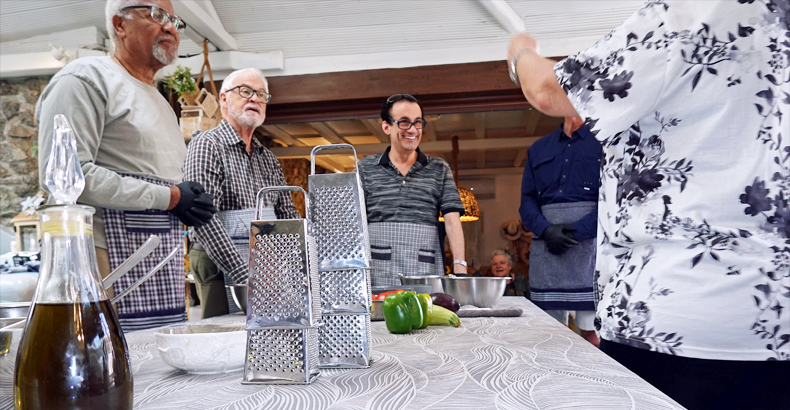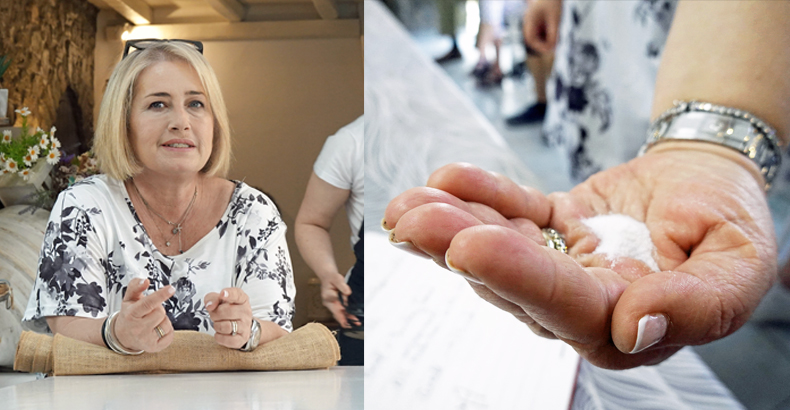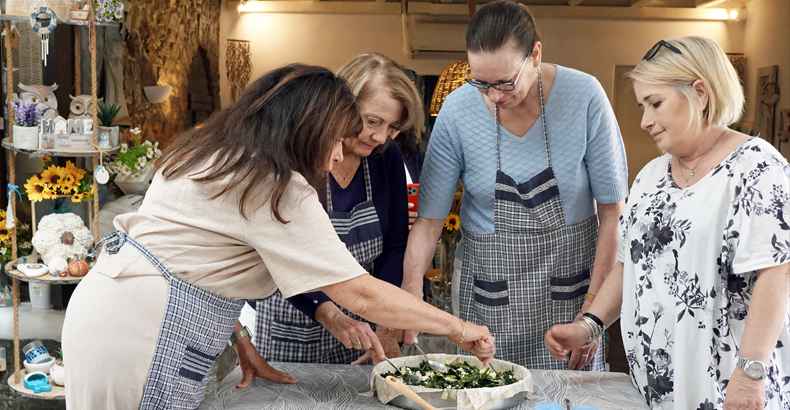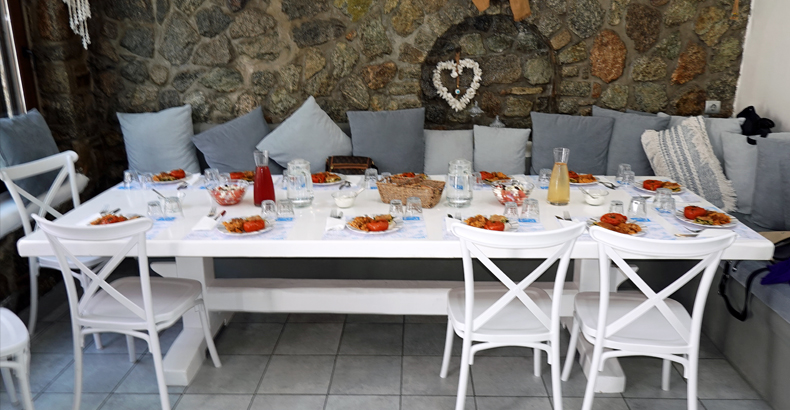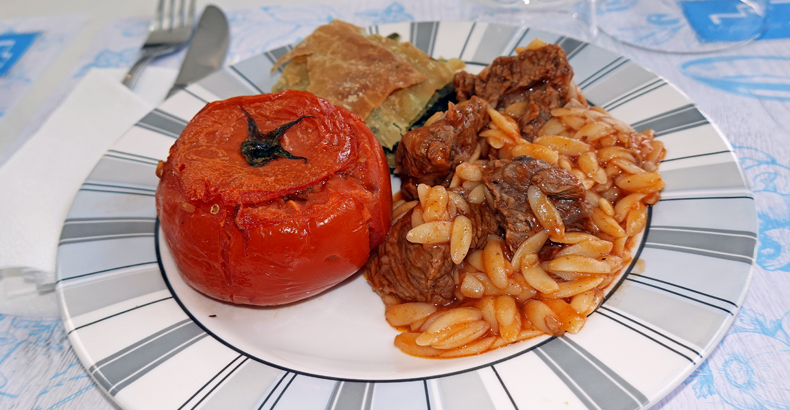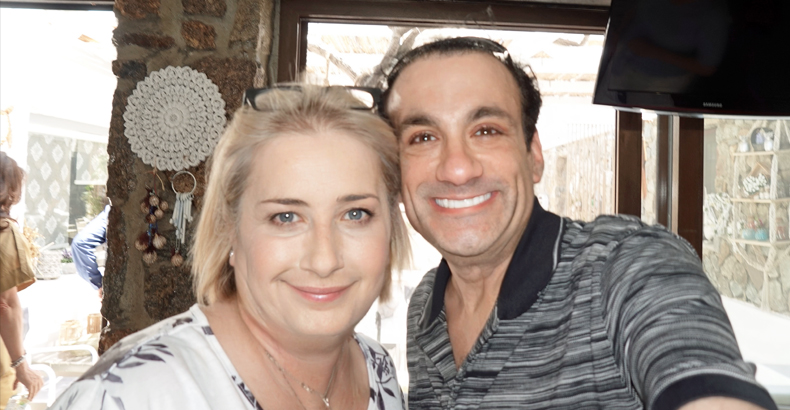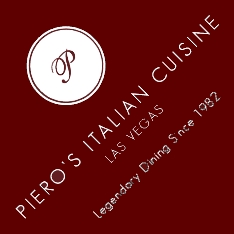When I think of Mykonos, my mind goes to the island that’s become a mecca both for lovers of nightlife, gay men, and—as it often goes—both. It never occurred to me that my experience on the Cycladic island would instead involve Greek cuisine, but as so often happens, it’s the thing you didn’t plan for that makes the biggest impression. So it was with the cooking class I took from Teta Fragedaki at Mykonian Spiti & Farm, Teta’s warm and inviting home that she and her husband have turned into a cooking school of much international acclaim.
Teta’s style regarding the art of traditional Greek cooking is less about what you do and focuses more on how you do it. It was very immersive, and over the four hours we were in her home, Teta taught us about the culture and history of the Island of the Winds. For instance, there are roughly 12,000 year-round inhabitants of the island, and more than 50,000 seasonal residents, in addition to the million-plus visitors who come to the island each year. Mykonos was a poor island until 1960, when it became popular with the jet set and became a very wealthy island. There are more than 800 churches on the island because many years ago, people were required to build a church on their land before they even considered building a house. Many years ago, Prime Minister Metaxas established a law requiring buildings on Mykonos to be painted white, although the color of the trim and doors was left to the builder. There are 18 gay-only hotels on the island (which might be more than Key West!). And while there are only 32 taxis on the island and about 200 or so black buses, there are more than 300 helicopters. Fancy, right?
After our crash course on Mykonos, Teta regaled us with stories about her childhood on Crete, her life with her husband and daughter, and the traditions behind each of the recipes, making us feel more like nieces and nephews visiting a favorite auntie who was letting us help with the cooking of a family meal.
There were about a dozen of us, and Teta would select three or four of us to prepare each course; starting with Spanakopita (spinach pie), then traditional Gemista (tomatoes and peppers stuffed with rice), and finally Tzatziki (a yogurt and cucumber dip).
It’s amazing what you can learn in a short time when the person teaching you makes it a fun, hands-on experience. Teta takes no guff and comes across as a bit stern, but within about ninety seconds, you know she does everything with love, and realize that the warm twinkle in her eye belies her deadpan, world-weary delivery.
For instance, the reason Spanakopita tastes different in Greece than it does in America is that chefs stateside tend to prepare it with garlic (which, frankly, I prefer), which makes the Greek versions taste a bit fresher, for lack of a better word. We learned that a “pinch” in Greece contains more than its daintier American counterpart; how to tell if one’s pie is ready without poking it (“It’s not a cake!”); where in the US to shop for the best phyllo dough sheets (Costco); and how those sheets are half as thick as those in Greece, so to double up on the phyllo when cooking this at home.
I was tapped to be one of the people making the traditional stuffed tomatoes and peppers known as Gemista, and it was far simpler than I’d have guessed, which is why I am actually looking forward to making this when I get home. First, since it’s already quite warm on Mykonos, we focused on tomatoes (as we were making lunch, and peppers, being heartier, are more suited for dinner and the colder seasons). We sliced the tops off our tomatoes, then used a melon-baller to scoop out the insides, which we put in a bowl. We grated some zucchini and some eggplant into the bowl, then mixed them with the scoops of tomato. Then we added fresh mint, garlic, salt, pepper, a tablespoon of rice, a teaspoon of sugar, and some olive oil to the bowl and mixed everything together. Then we boiled this mixture for ten minutes. Next, we stuffed our tomatoes with the now-boiled mix, put the tops back on (with a drop of olive oil on the top), and placed them in a pan with olive oil and water, which we then put into an oven that had been preheated to 180˚C (350˚F), where they cooked for one hour.
While the spinach pie and stuffed tomatoes were cooking, another group was selected to prepare the tzatziki sauce, which was also far simpler to make than I had thought, though I have no problem buying it at the store (or picking some up from Elia Authentic Greek Taverna at the Lakes).
Teta’s magical elves had been preparing things as well, so when we finally did sit down, we were presented with heaping plates of not just Spanakopita and Gemista (with bowls filled with Tzatziki on the side) but also a seasonal salad, and a heaping portion of Giouvetsi (a dish with veal and orzo, topped with a zesty tomato sauce containing cinnamon). Then, for dessert, we enjoyed yogurt with honey and the absurdly delicious, marmalade-like confection known as Glyka tou Koutaliou (“Spoon Sweets”). The version we enjoyed, Vyssino Glyko Koutaliou, was made from sour cherries, and I have got to find out where to get this at home, because it’s just so good.
After lunch, we said goodbye to Teta (she gave me a big hug and a kiss on both cheeks), as our tour guide, Stefani, loaded us onto the motorcoach. We then returned to the ship with plenty of time for a well-earned nap before getting ready for dinner.
And in case you were wondering, the stuffed tomatoes I made were fantastic!
Efcharistó, Teta!!
Traditional Mykonian Cooking Class
Mykonian Spiti & Farm
Messaria, Mykonos, Cyclades, Greece
Click HERE for info
Get into it!
#MykonianSpiti

